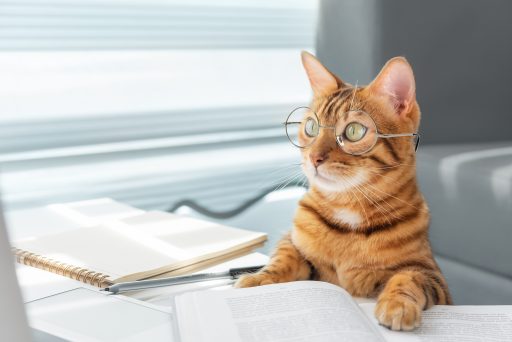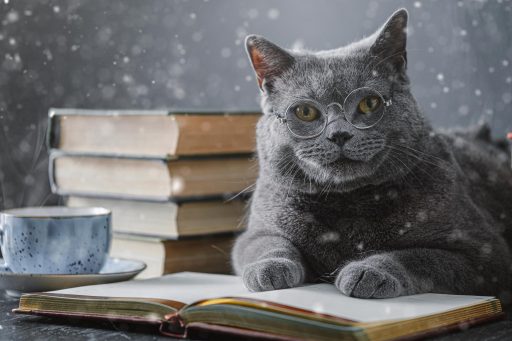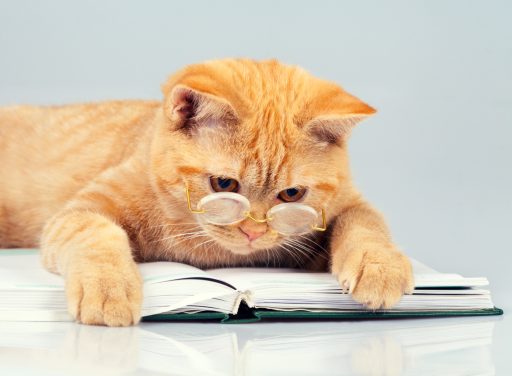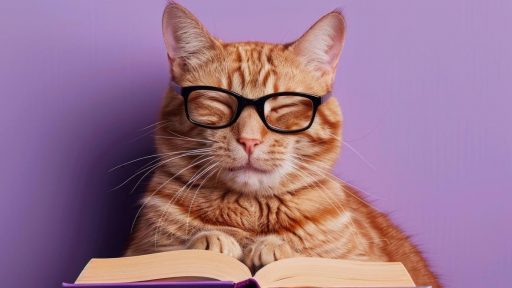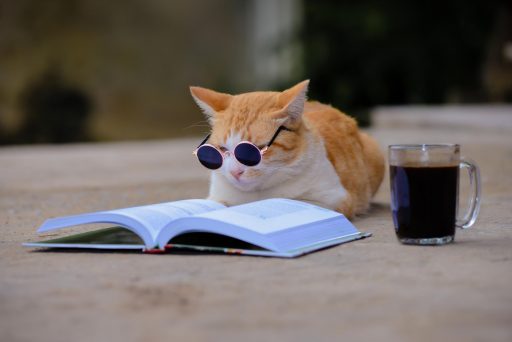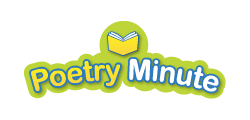I’ve always loved building snowmen. When my kids were younger, we used to spend whole winter afternoons rolling giant snowballs around the yard, hunting for the perfect sticks for arms, and deciding how he should be dresses and decorated. Which hat would work best? Should he have a scarf or a tie? Does he really need a carrot nose or would a button work just as well?
This year, I started thinking about how much personality a snowman seems to have by the time you’re done with it. You give it a hat, a scarf, and a pipe, and suddenly it feels like a character—someone who might have opinions about your artistic decisions. I wondered what would happen if a snowman actually could share those opinions.
That little idea was enough to spark this poem. The moment I imagined a half-finished snowman watching me choose its accessories, I knew I wanted to write about it. What would a snowman say? What would it care about? What would it absolutely not want? I hope you enjoy the result.
Snow’s Nose
I made a new snowman
out in our front yard.
It didn’t take long and
it wasn’t too hard.
I stacked up some snowballs.
I gave them a pat,
then threw on a scarf,
and a pipe, and a hat.
I sculpted some feet
from a little more snow,
and stuck in some sticks
where his arms ought to go.
I added some coal
for his buttons and eyes,
and that’s when he spoke,
to my utter surprise.
He said to me, “Thanks for
the hat, scarf, and pipe.
The sticks that you picked
are exactly my type.
“Now bring me some carrots.
You picked all my clothes,
but really, I don’t want you
picking my nose.”
— Kenn Nesbitt
